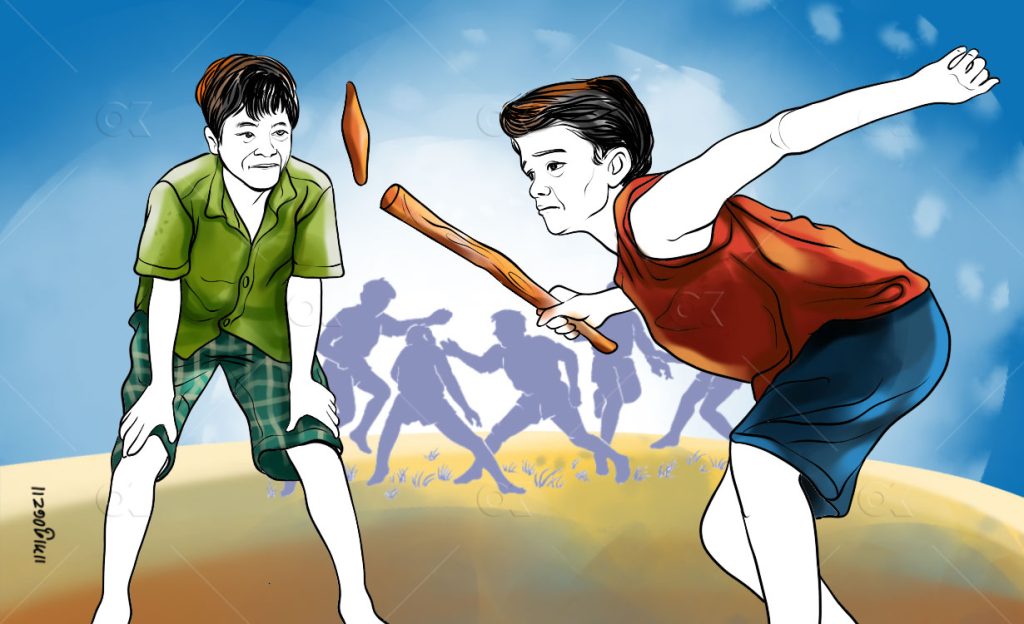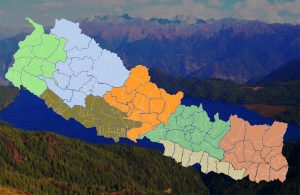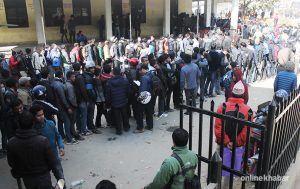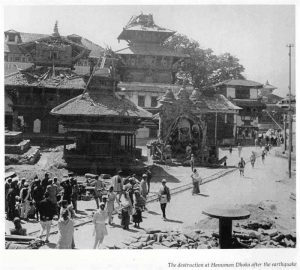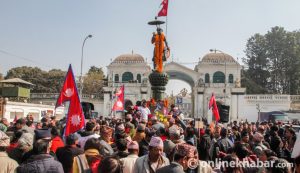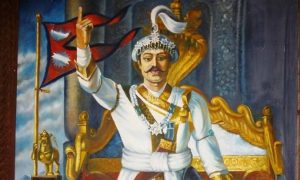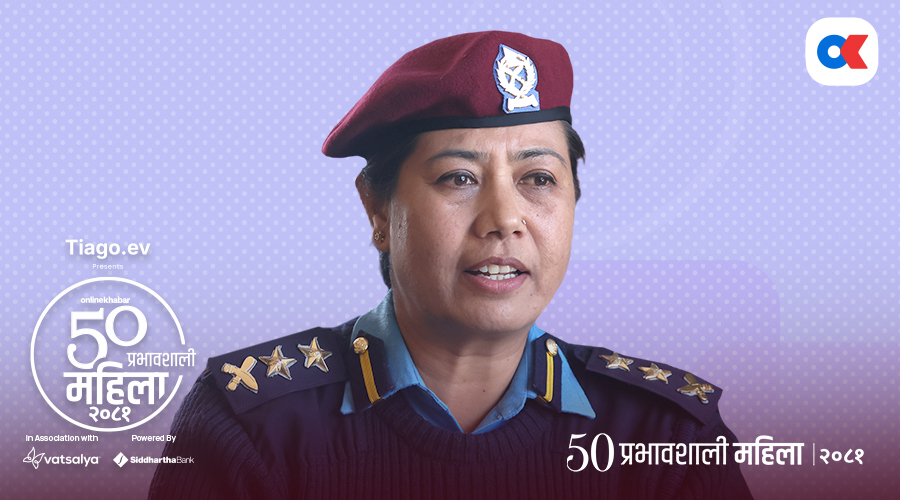Whether it is playing with clay toys and clay money or making telephones out of matchboxes joined with a thread: the ‘90s kids have a lot of memories of playing various traditional local games. Your childhood had everything, it was when paper boats trod water while paper planes reached new heights in the air.
The traditional local games that you played in childhood were environment-friendly, economic and used local resources. Many of these local games were played as per the seasons while a few games were played in any season.
But today, with the penetration of technology, children in urban and rural areas have stopped playing such physical games. They are more into online games like Free Fire and PUBG, robbing people of the collective feeling.
Many physical sports have disappeared in the last three decades and many other local games are endangered. When Sharad Chandra Shah was the member secretary of the National Sports Council in the 1970s, a committee was formed to search for local games and collect data from across the country. The committee discussed which games could be taken to the national and international levels. Besides that, no serious efforts have been made to preserve local games.
But among all, there are many games that people play in different parts of Nepal.
A few of the local games popular among the ‘90s kids are:
1. Guchcha (Marbles)
Guchcha is a traditional local game played originally in rural Nepal. With time, the way it is played has also changed. It is played by measuring a length from the thumb to the little finger, tossing, bouncing, matching, guessing, et cetera. The most common rule is that the loser pays up the winner.
2. Marble-spoon race
The marble-spoon race is a kind of traditional local game, in which a participant walks down the course with a marble on the spoon. All participants put a spoon with marble in their mouths. The person who reaches the furthest while biting a spoon without the marble falling off wins the game.
3. Khopi

It is a traditional local game played in a group of children in rural Nepal, especially while grazing cattle. To play the game, you need to dig a hole in the ground. Players try to throw and aim either a marble, a coin or a flat stone in the hole from a distance. The one who lands them in the hole wins the game.
4. Baghchal
This traditional local game is usually played in an open field of rural Nepal. There is a 5×5 grid where small and big stones, to represent 20 goats and four tigers, move along the intersections. In the game, the tiger tries to eat the goat given that the intersection ahead is empty. Meanwhile, the goat tries to trap the tiger by encircling it from all sides.
When the tiger eats the goat, the stone is removed from the board while the remaining stones continue to trap the tiger. If a tiger eats six goats, it is considered to have won the game.
5. Dandibiyo

Dandibiyo is another game played in rural Nepal. The game uses a two-foot wooden stick (dandi) and another six-inch wooden stick (biyo). The dandi has a slanted side while the biyo is sharpened on both sides. The biyo is placed horizontally in a hole that is about four-inch long and two-inch deep. There is no limited number of players nor is the size of the playing field fixed.
Before volleyball was declared the national sport, dandibiyo and kabaddi were “unofficially” considered national games. In India, dandbiyo is known as gilli danda.
6. Pandhunge / Lakkudhal / Kinwal

Similar local games named pandhunge, lakkudhal, and kinwal are interesting; the names vary from place to place depending on where they are played.
In this game, five or six stones are kept on top of each other and are struck by a ball from a certain distance. Depending on where the ball rests, the player has to hit the stones from there. If the players who are putting the stones together are hit by a ball from the opponent team, they will be out of the game. If they put together the stones without getting hit, they will win.
7. Ghurra
As a tool of the traditional local game, a ghurra originally used to be made of wood. With time, the concept was later used in chocolates that had a thread in the middle which people could twist and play and eat later.
8. Gir
Gir is played on empty fields, especially after harvesting crops. Girs are made by cutting slippers or wood into round shapes. It is struck with a stick and carried across. Just like in football, when one tries and gets the piece to the other side, one wins the game.
9. Hide the handkerchief
Hide the handkerchief is a traditional local game still played in various events and programmes. In the game, the players stay inside a circle, facing inwards, and one person walks around in the circle behind their backs. The person hides a handkerchief behind another person. Other persons have to find out if the handkerchief is behind them or not. If the person does not find out on time, the one who hid the handkerchief beats him/her with the same.
10. Bhale-judhai (Cockfight)

Cockfighting is also a game with two or more players. In the game, the participant raises one leg and holds it with their hand. People have to play the game in the same position. But, as it is difficult to stand for long, the one who fights till the end wins the game.
11. Phirphire (Pinwheel)
Phirphire is a childhood game played by an individual. A paper or dried bamboo sheet is made as identical leaves where the ends are attached to a stick to make a phirphire or pinwheel. Children run around in the field during March/April when the wind blows.
12. Tug-of-war
A tug-of-war is another popular traditional local game played by two groups. In the game, both the groups pull on the rope to their sides. The team that pulls the other group towards them is the winner.
13. Khutti
Khutti is a traditional local game in which a small piece of stone cut in a circular way. Here, one lifts their one leg up and hits the stone with the other foot. According to the rules, a line is drawn on the floor and the person has to take the stone without touching that line.
14. Gatta (Stones)

Gatta is still played by some today, especially by teenage girls. It can be played forever. The players, either two or more and in groups, play it with five, seven or nine stones in their hands.
15. Chor-Police/Lukidum
This traditional local game is played by groups as lukidum or hide-and-seek. In it, a person is picked to find others and that person is called a ‘dum’. After a certain countdown, everyone should be done hiding, and they have to search for others. If others touch the person before they see them, they have to start over.
16. Smash the pot
In this childhood game, a pot is hung in the middle and participants are blindfolded to break the pot with a stick. The one who can smash the pot wins. This game is popular among people during picnics or gatherings.
17. Thelo
This traditional local game is popular in the Kaski and Lamjung districts of western Nepal. It is said that this game is more than two centuries old. In the game, a stone is chosen and thrown away far from a certain point. The one who can throw the stone the farthest wins the game. At present, the government is organising various programmes for its promotion.




